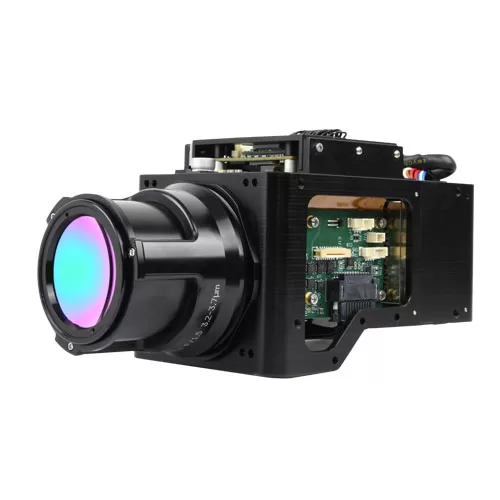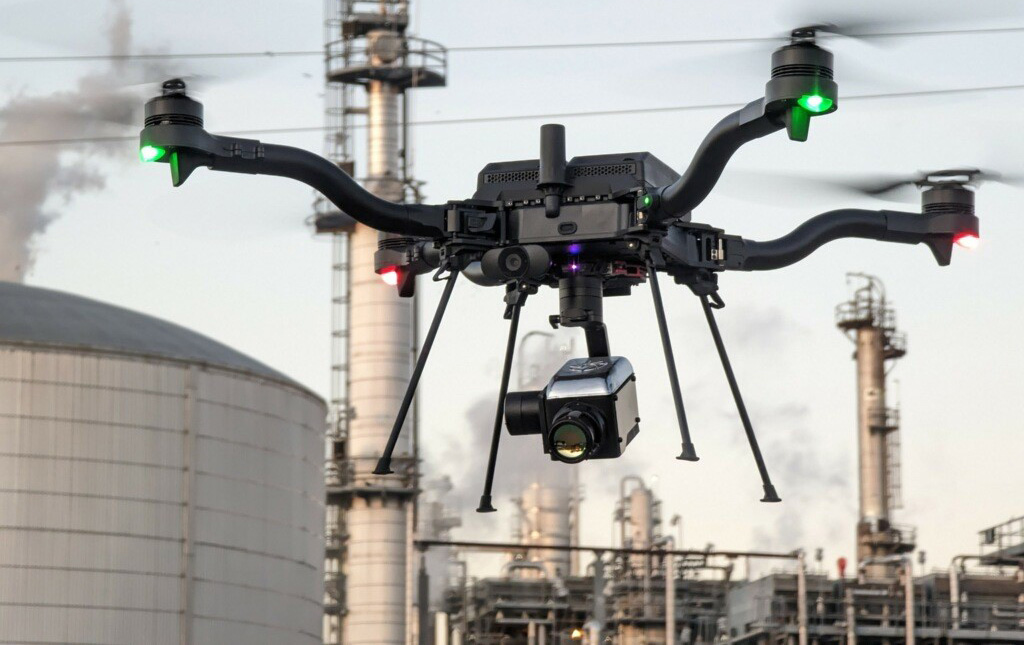Last modified on April 24th, 2024 at 6:34 pm
The oil and gas industry use a lot of heavy equipment when extracting and transporting their product. The Environment Protection Agency (EPA) has proposed new regulation that will affect how often this equipment needs to be inspected and repaired. This regulation is known as 0000b, 0000c and Appendix K. This is the next step of requirements beyond 0000a which became the rule in 2016. 0000a set the standard gas leak measurement of 60 g/hr with a 50/50 mixture of methane and propane gasses. The new proposal, which will go into effect in 2026, will raise the target to track 19 g/hr on methane gasses, 22 g/hr on propane and 29 g/hr on butane gasses from a distance of 2 meters. “Super Emitters” are leaks at a rate of 100 kg/hr and must be fixed within 10 days of being identified.
What’s known as the “Waste Emissions Charge” will go up every year starting in 2024
| 2024 | $900 / metric ton |
| 2025 | $1,200 / metric ton |
| 2026 | $1,500 / metric ton |
Steep fines for faulty equipment
A waste emissions charge for methane from facilities that report more than 25,000 metric tons of CO2 equivalent per year. The charge starts at $900 per metric ton reported in 2024 and increase every subsequent year moving forward.
Countries around the world are jumping on the band wagon to fight methane emissions. The Global Methane Pledge will raise billions in funding to meet its requirements. In the U.S.A. the EPA, DOE and NETL have a commitment of $350 million in grant funding to help well owners measure and reduce methane emissions.
The Ventus OGI
Sierra-Olympia is helping reduce the release methane pollution with its Ventus OGI camera. A mid-wave, cooled optical gas imaging camera with 640 x 512 resolution. This versatile camera is helping the industry meet all Quad “0000” standards from the ground and in the air. We have integrated the Ventus OGI into handheld, crewed and uncrewed systems. Its versatility as a component has been key when building manual and autonomous processes, said Sierra-Olympia’s President Chris Johnston. The Ventus OGI detects specifically methane gasses. You can learn more about the detectable gasses in our previous blog post. Our team is at the cutting edge of optical gas imaging. Listen to our VP of Sales, Jeff Leake, in his yearly presentation on the future of optical gas imaging.

640 x 512
MWIR
We have integrated the Ventus OGI into handheld, crewed and uncrewed systems. Its versatility as a component has been key when building MANUAL AND autonomous SOLUTIONS.
Chris Johnston, President
Ventus OGI Footage
For more information on the Ventus OGI reach out to our sales team through our contact page.

